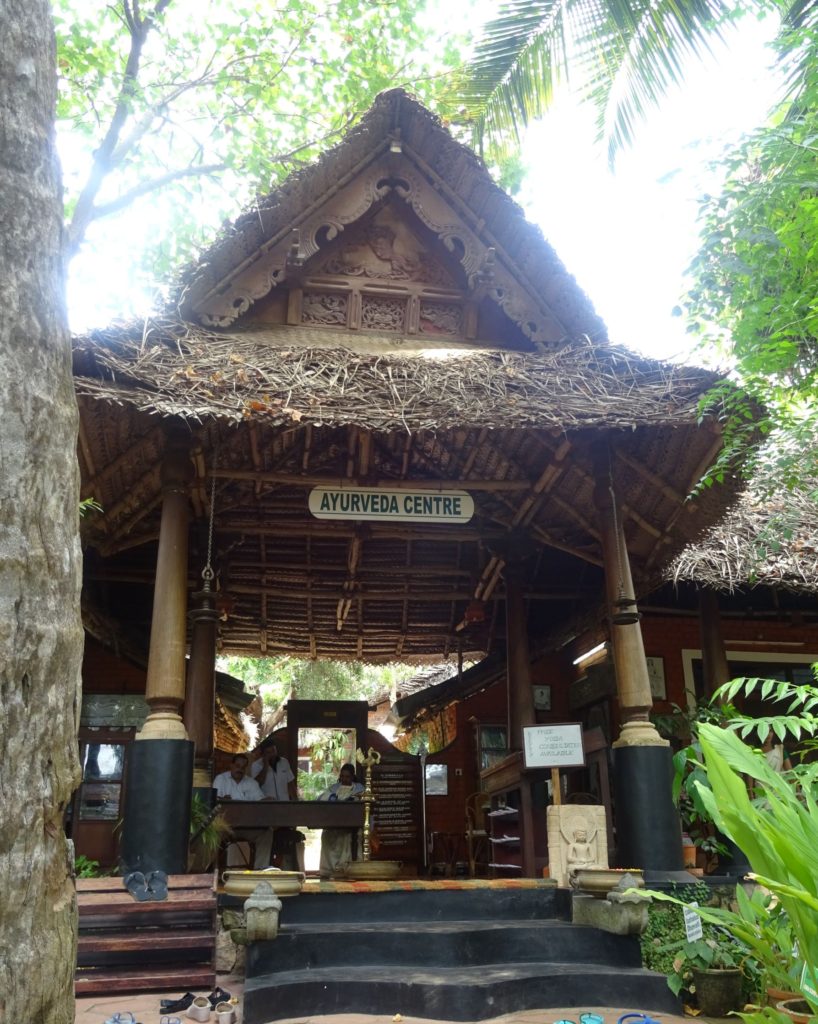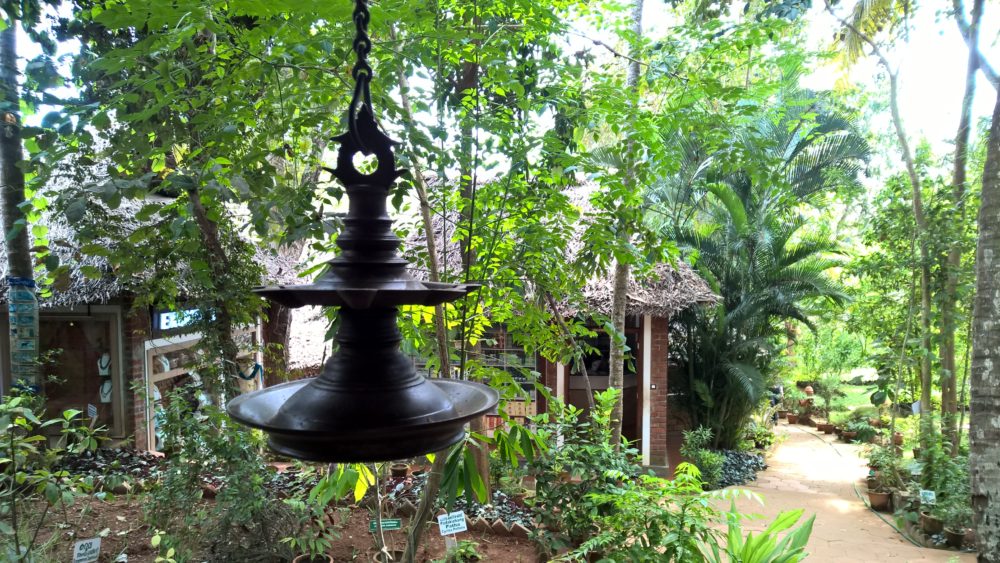By Neena Bhandari
Kochi, 28.05.2015 (BMJ): Many Indians, including Prime Minister Narendra Modi, think that integrating the ancient medical system of ayurveda with allopathic medicine is the key to providing universal healthcare, perhaps because practitioners of traditional medicine remain the primary healthcare providers for millions of people in South East Asia, especially in rural areas.
Ayurveda is one of the world’s oldest medical systems. “Ayur” means “life” and “veda” means “knowledge” in Sanskrit. It is based on the concept that each person’s body (prakriti) comprises three doshas or bodily humours (vata, pitta, and kapha) and that disease results from their imbalance. However, there is no conclusive scientific evidence to support the literal existence of doshas. Ayurvedic practitioners prescribe individualised preventive and curative interventions, such as herbal formulations, diet, massage, exercise, yoga, and lifestyle recommendations.1

Medical pluralism has existed for generations in India. Allopathic medicine has made great strides in acute conditions, infection, and surgical interventions, but treatment options are limited for the growing epidemic of non-communicable and lifestyle related diseases. Some practitioners say that ayurveda can help.
The World Health Organization has launched its Traditional Medicine Strategy 2014-23.2 It aims to support member states to develop policies and to strengthen the role of traditional medicine in keeping populations healthy.
Full text: bmj.h2879.full
Continue Reading on British Medical Journal
© Copyright Neena Bhandari and BMJ. All rights reserved. Republication, copying or using information from neenabhandari.com content is expressly prohibited without the permission of the writer and the media outlet syndicating or publishing the article.



